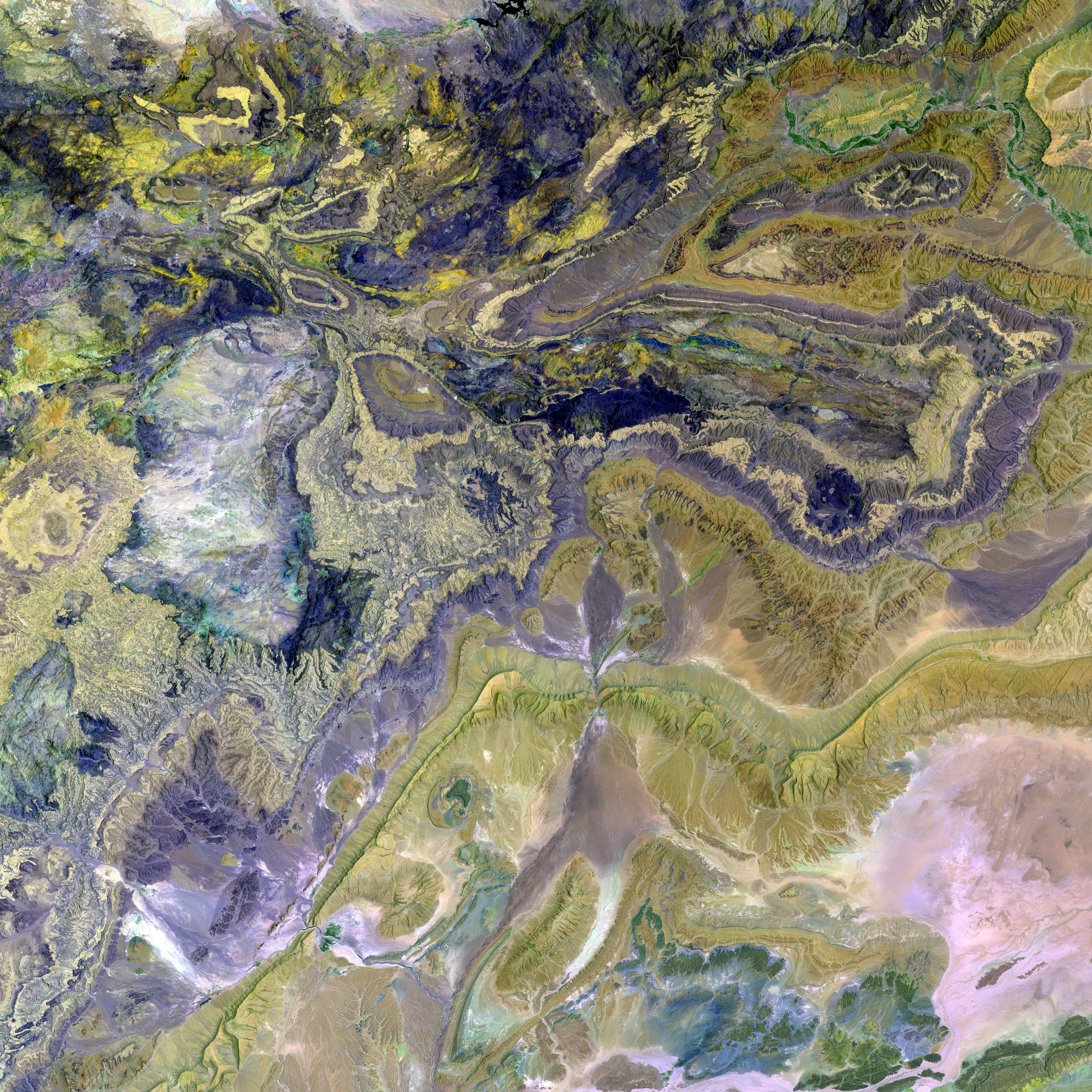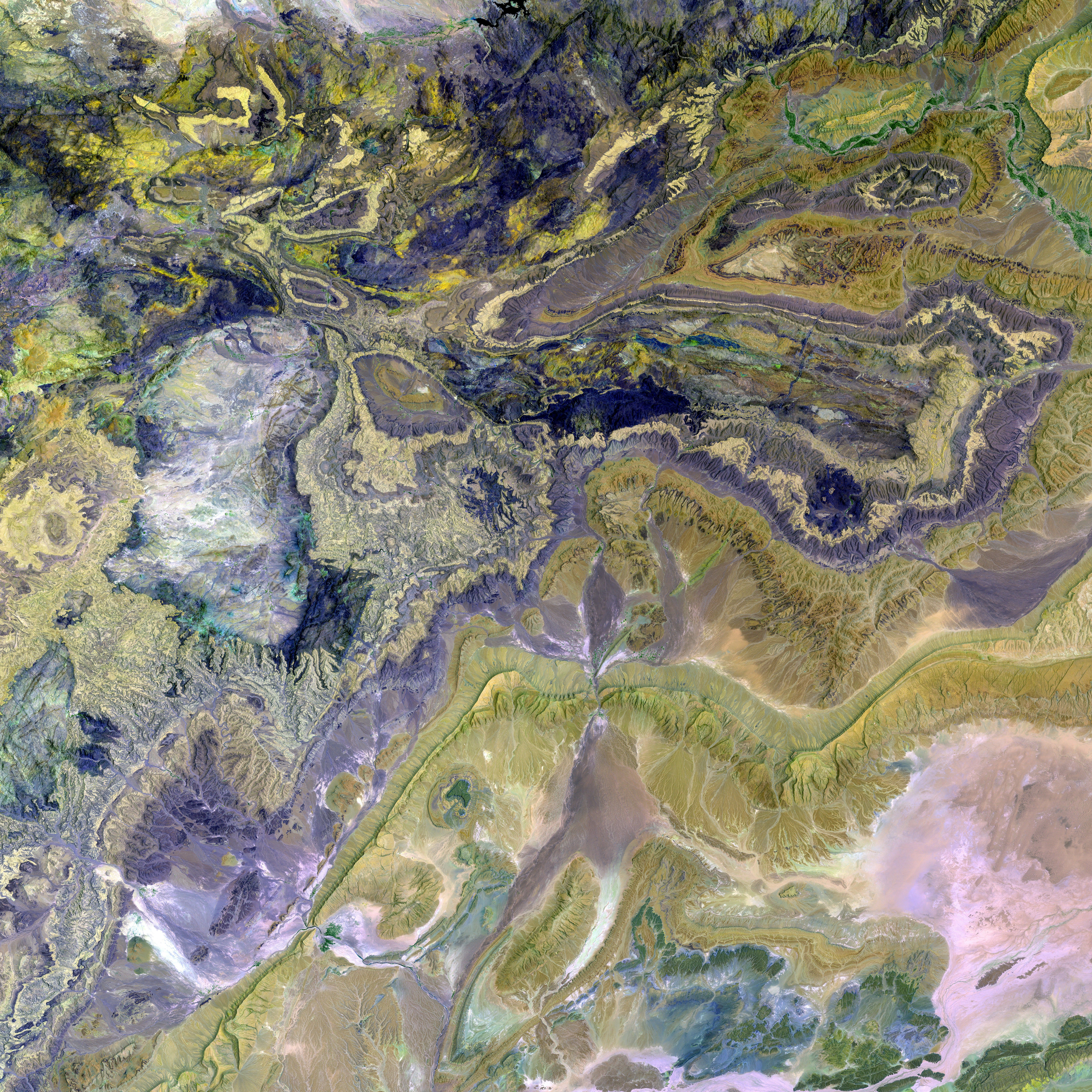Gold Prices Are on the Rise
Boom and Bust: Gold's Quarterly Rise and Fall, and What the Future Holds
Gold's price spike is all the buzz lately. After hitting a new high on April 22, the precious metal cooled down and entered a range of $3240-$3360 per troy ounce. Yet, factors that fueled its impressive 19.3% increase in the first quarter of 2025 remain alive and kicking, potentially igniting a fresh uptrend.
One major factor getting gold glittering is the high demand from private investors. According to the World Gold Council (WGC), ETFs, with gold as their underlying asset, acquired a whopping 226.5 tons in January-March 2025, as compared to a meager 18.7 tons in the preceding quarter, shows a 96% surge.
This year, it seems retail investors are head-over-heels for gold, as evident from the record inflow of funds into Chinese "gold" ETFs in April, reaching a magnificent 70 tons worth around $7.4 billion—more than double the previous monthly record.
Investment demand, as reported by WGC, increased a whopping 60% quarter-on-quarter and a dazzling 170% year-on-year in the first three months of 2025, reaching a staggering 551.9 tons. Reasons attributed to this increase include "price momentum and uncertainty in trade policy driving investors to use gold as a safe haven."
Central banks also contribute to gold's luster, as they've been purchasing the precious metal for 16 consecutive years. Global reserves went up by 244 tons in the first quarter amidst ongoing global uncertainty, despite a 21% drop when compared to the same period last year.
Leading analysts foresee this demand to continue, with central banks predicted to net a whopping 900 tons of gold by the end of 2025. An unexpected hero is the National Bank of Poland, which became the largest gold buyer in 2024, adding another 49 tons to its reserves in January-March.
Lower new metal supply is also essential to gold's value. In Q1 2025, mining dropped by 11% compared to the previous 3 months, staying unchanged year-over-year. Secondary gold production decreased by a scant 4%. Stagnation in new mining production, influenced by sanctions and embargoes, particularly affecting prominent gold producer Russia, may lead to positive changes in production volumes in the next 2-3 years.
So here's the deal: The gold supply in Q1 2025 grew by 1% year-on-year due to hedge operations, totaling a record 1206 tons, the highest level since 2016. However, demand for gold also increased by a hefty 15.6% year-on-year, falling just 3 tons short of the record set in Q4 2024. "Ingosstrakh Bank" analyst Vasily Kutyin told "Expert" that the ratio of supply to demand for gold in Q1 2025 was 92.1%, indicating a 104-ton surplus in demand. Consequently, it's expected that gold prices will resume their upward trend as key factors fueling the increase in gold prices, such as US-China trade wars, geopolitical tensions, stock market volatility, and USD weakness, continue to hold weight.
Predictions for the future fluctuate. Goldman Sachs speculates that investors will buy gold at $3700 per ounce in 2026, while JPMorgan and CoinCodex predict $3675 and $4500, respectively. Analyst Natalia Milchakova anticipates a price rise to $3500-3550 but warns that factors like slowing global economic growth, particularly in China and India, and a renewed USD strength could hinder the price increase. Dmitry Tselischev doesn't dismiss the possibility of gold exceeding $4000.
However, the advisability of gold investment remains questionable, as its future hinges on the USD to RUB exchange rate. According to Vladimir Levchenko, a financial analyst and expert at the Institute of Economic Growth named after P.A. Stolypin, for Russian residents, gold's appeal remains the same as it was six months ago—a deposit would have given the same return if one had invested in April 2024.
Stay tuned for updates by following our Telegram channel at @expert_mag
Keywords: PreciousMetals, Gold, Exchange, Investments
The high demand from private investors, as shown by the record inflow of funds into Chinese "gold" ETFs in April 2025, indicates a significant interest in gold investments. Central banks, who have been purchasers of gold for sixteen consecutive years, are another factor contributing to the luster of gold in the financial sector. In the real-estate sector, the value of gold could potentially be affected by the USD to RUB exchange rate, making the advisability of gold investment a questionable matter for Russian residents.





